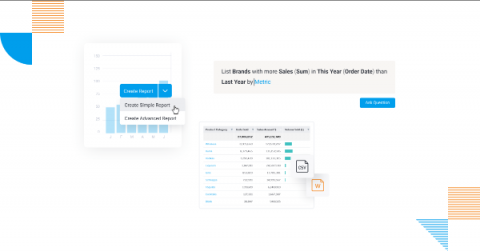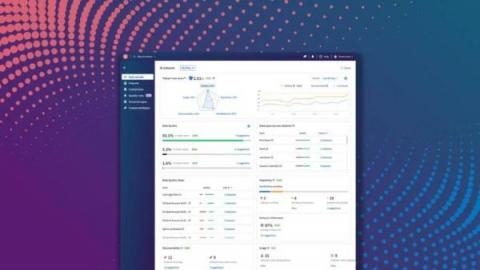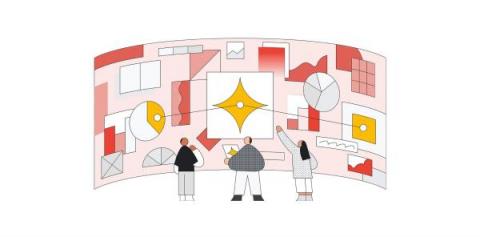Systems | Development | Analytics | API | Testing
Latest News
Announcing enhanced data observability with Data Console
During QlikWorld ’23 in Las Vegas, we were thrilled to announce the general availability of Data Console in Talend Data Inventory. With data-driven decision making becoming more crucial for organizations, it’s never been more important for users to have access to high quality data.
How Product Analytics Differs From Embedded Analytics and Why You Need Both
The digital revolution has sparked a wave of innovation as companies strive to meet consumers where they spend the most time — on web and mobile devices. To keep up with the demands that digital innovations place upon product markets, businesses are increasingly incorporating analytics into their products.
Containerized Deployments for Business Intelligence
Can containerized deployments help your business? Are your customers’ data applications held back by basic, outdated dashboards and reports? Well, they’re not alone. As the digitization wave crashes over a post-pandemic market, many organizations are taking stock of their data tools and finding them lacking in comparison to other more modern solutions available. Gone are the days when simple self-service analytics would suffice for their users.
Hitachi Vantara Drives Unstructured Data Management Leadership Once Again
Hitachi Vantara has once again been recognized as a leader and fast mover in the 2023 GigaOm Radar for Unstructured Data Management: Infrastructure-Focused Solutions, marking the third consecutive year we have achieved this honor. The report emphasizes the growing complexity of unstructured data management and highlights the importance of having a solution that can seamlessly handle data movement at scale automatically.
Unlocking Secure BI Integration: Why Upgrading to Yellowfin is the Best Choice for BMC Remedy/Helix Users
DataOps Resiliency: Tracking Down Toxic Workloads
In the first three articles in this four-post series, my colleague Jason English and I explored DataOps observability, the connection between DevOps and DataOps, and data-centric FinOps best practices. In this concluding article in the series, I’ll explore DataOps resiliency – not simply how to prevent data-related problems, but also how to recover from them quickly, ideally without impacting the business and its customers.
Introducing BigQuery differential privacy and partnership with Tumult Labs
In partnership with Tumult Labs, BigQuery differential privacy can help to anonymize data, and will integrate with BigQuery data clean rooms.
Visibility and Transparency
Out of the box Cloudera Data platform (CDP) performs superbly but over time, if data architecture, data engineering, and DevOps best practices are not maintained, you can get stuck maintaining the wild, wild west. In this six-part series, we’re focused on improving the health of your environment.
Jumpstart Your BigQuery Remote Function development today
Use remote functions to handle DLP, unstructured data analysis and security or compliance constraints inside your BigQuery dataset.











